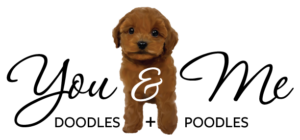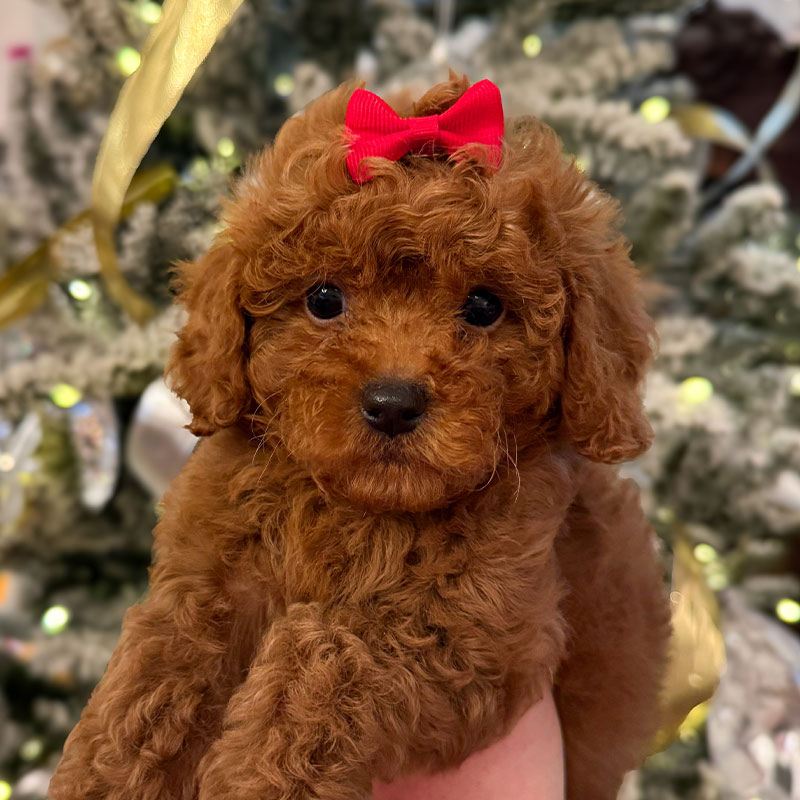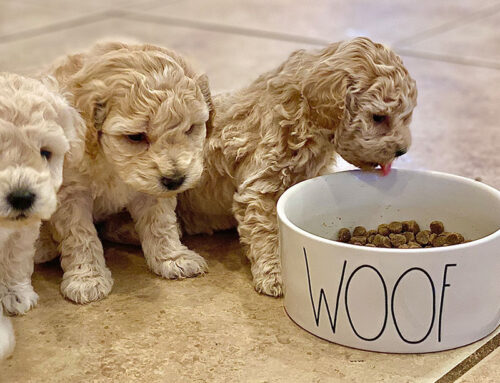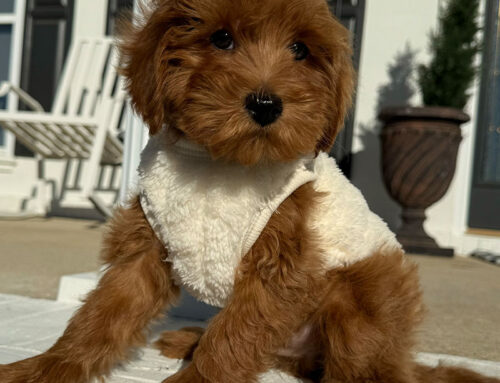Potty training a puppy requires patience, consistency, and positive reinforcement. Most puppies learn within a few weeks, but accidents may happen as they develop better bladder control. Here’s a step-by-step guide to make potty training as smooth as possible.
1. Establish a Routine
Puppies thrive on routine! Take your puppy to their potty spot:
✔ First thing in the morning
✔ After eating or drinking (within a few minutes if not immediately)
✔ After playing or napping (within a few minutes if not immediately)
✔ Before bedtime
Tip: Puppies under 12 weeks old need to potty every 1-2 hours. As they grow, their bladder control improves.
2. Choose a Potty Spot
• Pick an outdoor location or an indoor potty area (like puppy pads or a litter box for small breeds).
• Always take your puppy to the same spot to reinforce learning.
• Use a consistent verbal cue like “Go potty” each time to create an association.
3. Supervise & Use a Crate
• Keep an eye on your puppy at all times—watch for signs like sniffing, circling, or whining.
• If you can’t supervise, use a crate (puppies naturally avoid soiling their sleeping area).
• The crate should be just big enough for your puppy to stand and turn around comfortably.
Tip: Puppies can generally hold their bladder for one hour per month of age (e.g., a 3-month-old puppy = ~3 hours).
4. Reward Good Behavior
• When your puppy potties in the correct spot, immediately praise them and offer a small treat.
• Keep rewards consistent to reinforce the behavior.
Tip: Avoid punishing accidents—this can create fear and confusion. Instead, redirect them to the correct potty area.
5. Handle Accidents Properly
• If you catch your puppy in the act, interrupt with a firm but calm “NO” and take them outside.
• Clean up accidents thoroughly with an enzymatic cleaner to remove lingering odors.
AVOID: Yelling or rubbing their nose in the mess—it doesn’t help and can cause anxiety.
6. Gradually Extend Time Between Potty Breaks
As your puppy grows, slowly increase the time between potty breaks. By 5-6 months old, most puppies can hold their bladder for several hours.
7. Nighttime Potty Training
• Puppies may need 1-2 potty breaks during the night for the first few weeks.
• Take them out calmly and quietly, then return them to bed right after.
• Avoid playing or overstimulating them during nighttime potty trips.
Common Challenges & Solutions
🔹 Puppy Keeps Having Accidents Indoors
✔ Make sure you’re taking them out frequently enough.
✔ Keep them on a consistent feeding and potty schedule.
🔹 Puppy Won’t Go Outside
✔ Try a leashed walk to encourage movement.
✔ Take them to the same potty spot each time.
🔹 Puppy Pees Right After Coming Inside
✔ They may be distracted outdoors—stay out longer to give them time.
✔ Reward only after they fully finish pottying.
How Long Does Potty Training Take?
• Most puppies take 4-6 months to fully master potty training.
• Some may take up to a year, especially small breeds with smaller bladders.
• Consistency is key! The more predictable their routine, the faster they learn. (You can tell how important this is by how many times it is used in his article!)
Final Tips for Success
✅ Stick to a consistent routine.
✅ Be patient and positive—puppies learn best with encouragement.
✅ Use a crate or confined space when unsupervised.
✅ Clean accidents with an enzymatic cleaner to prevent re-marking.
With consistency, supervision, and positive reinforcement, your puppy will soon be potty trained and accident-free!



